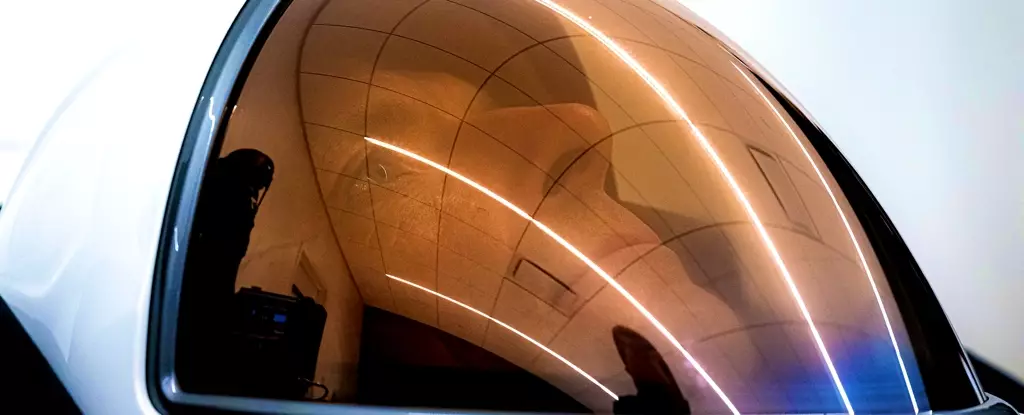

The Polaris Dawn mission has created a buzz in the space community due to its groundbreaking nature. This mission is set to mark a historic moment in space exploration as it will witness the first-ever spacewalk by commercial space travelers. Spearheaded by Elon Musk’s SpaceX, the mission deviates from the norm as it does not include any professional astronauts in its crew. Instead, the crew comprises a businessman, a fighter pilot, and two SpaceX employees.
The Polaris Dawn mission crew is made up of four members, each bringing a unique set of skills to the table. The mission’s commander, Jared Isaacman, is an American businessman with prior experience on a commercial SpaceX mission. The pilot, Scott Poteet, is a retired US Air Force lieutenant colonel, while Sarah Gillis and Anna Menon serve as mission specialists, bringing expertise in space operations and medical support. Gillis is set to perform the spacewalk alongside Isaacman, marking a significant milestone in commercial space travel.
One of the technical challenges of the Polaris Dawn mission is the unique spacewalk setup. Unlike traditional spacewalks from the International Space Station (ISS), the Dragon capsule utilized in this mission lacks an airlock. As a result, the entire spacecraft’s interior needs to be depressurized to allow crew members to exit through the hatch for the spacewalk. The crew will rely on new EVA suits designed by SpaceX, which differ from the bulkier NASA suits used on the ISS.
Beyond the technical aspects, the Polaris Dawn mission carries significant humanitarian and scientific goals. Jared Isaacman’s philanthropic efforts aim to raise funds for the St Jude Children’s Research Hospital through the mission. Additionally, the crew will conduct health-related experiments to advance medical research and improve the detection and treatment of childhood cancer globally. These initiatives highlight the dual-purpose nature of the mission, combining exploration with social impact.
The Polaris Dawn mission is just the beginning of a new era in space exploration. As part of the privately-funded Polaris Program, this mission sets the stage for more commercial space missions to come. By reducing the cost of access to orbit, these missions aim to democratize spaceflight, making it more accessible to a wider range of individuals. This shift has the potential to inspire the next generation of space enthusiasts and pave the way for further advancements in human space exploration.
The Polaris Dawn mission represents a significant milestone in the history of spaceflight. By showcasing the capabilities of commercial space travel and pushing the boundaries of human exploration, this mission opens up new possibilities for the future. As we witness this historic moment unfold, we are reminded of the endless potential of space as a frontier for innovation and discovery.
Rogue waves have long been a subject of fascination and terror in maritime lore. These…
As the world grapples with public health challenges, especially those posed by infectious diseases, the…
The Sombrero Galaxy, also known as Messier 104, embodies a breathtaking blend of spirals and…
In recent advances in quantum electronics, a groundbreaking discovery leveraging the concept of kink states…
In the intricate tapestry of nature, ice often exists in a delicate balance with liquid…
In an astonishing event that captured global attention, a rogue object from beyond our Solar…
This website uses cookies.